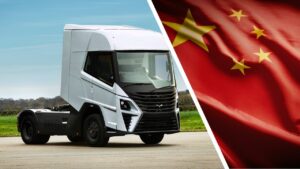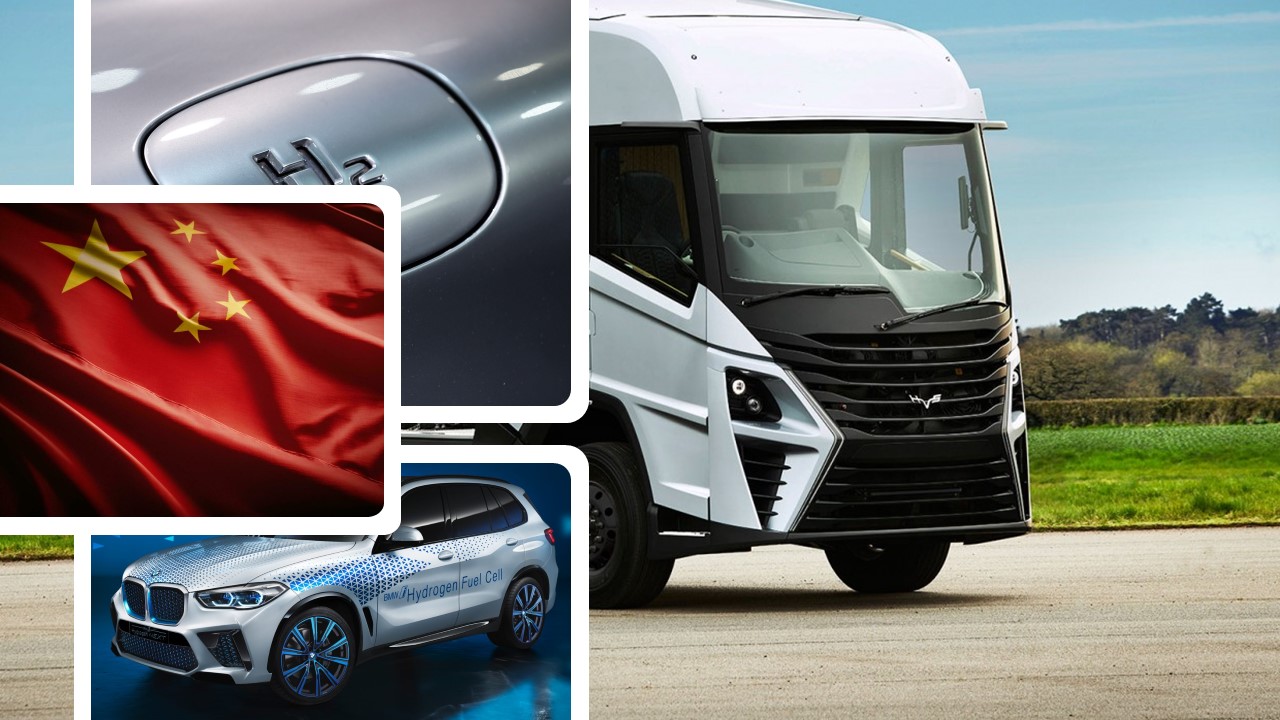Hydrogen powered vehicles are gaining traction worldwide as governments and industries seek cleaner and greener transportation alternatives. China’s investment in hydrogen infrastructure and research and development has positioned the country as a leader in the global transition towards H2 economy.
China has reached a significant milestone in its pursuit of sustainable transportation with the successful completion of a 1,500 km road haul test employing H2-powered heavy trucks. This groundbreaking achievement highlights China’s commitment to reducing carbon emissions and embracing alternative energy sources.
Table of Contents
Hydrogen-Powered Truck
The road haul test, spanning a distance of 1,500 km, marks a pivotal moment in China’s efforts to revolutionize its transportation sector. Powered by H2, these heavy trucks offer a clean and efficient alternative to traditional diesel-powered vehicles, significantly reducing harmful emissions.
The two large trucks conducted hydrogen refueling experiments at seven refueling points along their 1,500-kilometer, two-day journey from Beijing’s Daxing District to Shanghai.
The successful completion of the test demonstrates the viability and reliability of H2 fuel technology for long-distance transportation. It showcases China’s dedication to exploring innovative solutions to address environmental challenges and meet ambitious sustainability goals.
Hydrogen-Powered Vehicles in China
The use of hydrogen fuel cells in heavy trucks holds immense promise for reducing carbon emissions in the transportation sector, which is a significant contributor to air pollution and climate change. By embracing hydrogen-powered vehicles, China is taking a proactive step towards building a more sustainable and environmentally friendly transportation network. As per source:
There are already roughly 21,000 hydrogen-powered cars in the nation. China produced 5,600 of these vehicles in 2023, up 72% and 55.3 percent from the previous year. Sales volume of these vehicles reached 5,800 in China.
In China, H2-powered vehicles are gaining momentum as part of the country’s push towards cleaner transportation solutions. With increasing investment in H2 infrastructure and research, China aims to reduce carbon emissions and dependence on fossil fuels in the automotive sector. Government support, coupled with advancements in H2 fuel cell technology, is driving the growth of this eco-friendly alternative, positioning China as a key player in the global transition towards sustainable mobility.

World’s leading hydrogen refuling station network
New energy cars include both hydrogen-fueled and fully electric automobiles. Because they can be refueled fast, they have advantages when hauling heavy goods over long distances.
China has expedited the design of the network of hydrogen refueling stations in order to enable long-distance and cross-regional transportation driven by H2 energy. Currently, China leads the globe in the number of H2 refueling stations built, with 428 of them covering 30 domestic provinces and cities out of a total of 1,152 stations worldwid.
Industry adoption of hydrogen
A crucial path for the growth of China’s rising industries and the creation of new, high-caliber labor forces is hydrogen energy. This year’s government work report advocates for a faster pace of advancement in cutting-edge and developing industries, including novel materials, hydrogen power, and breakthrough medical treatments.
By 2060, the nation’s need for hydrogen energy is predicted to exceed 130 million tonnes, according to data from the National Energy Administration.
China’s achievement in conducting a 1,500 km road haul test with H2-powered heavy trucks marks a significant milestone in the global transition towards sustainable transportation. By embracing H2 fuel technology, China is not only reducing its carbon footprint but also paving the way for a cleaner and more sustainable future. As the world continues to grapple with the challenges of climate change, initiatives like these demonstrate the power of innovation and collaboration in addressing environmental concerns.
——-*****——-
Must read:
- H2: Best 35 things to know about H2 (Click here)
- Best use of H2 (click here)
- Best 35 things to know about H2 (Click here)

